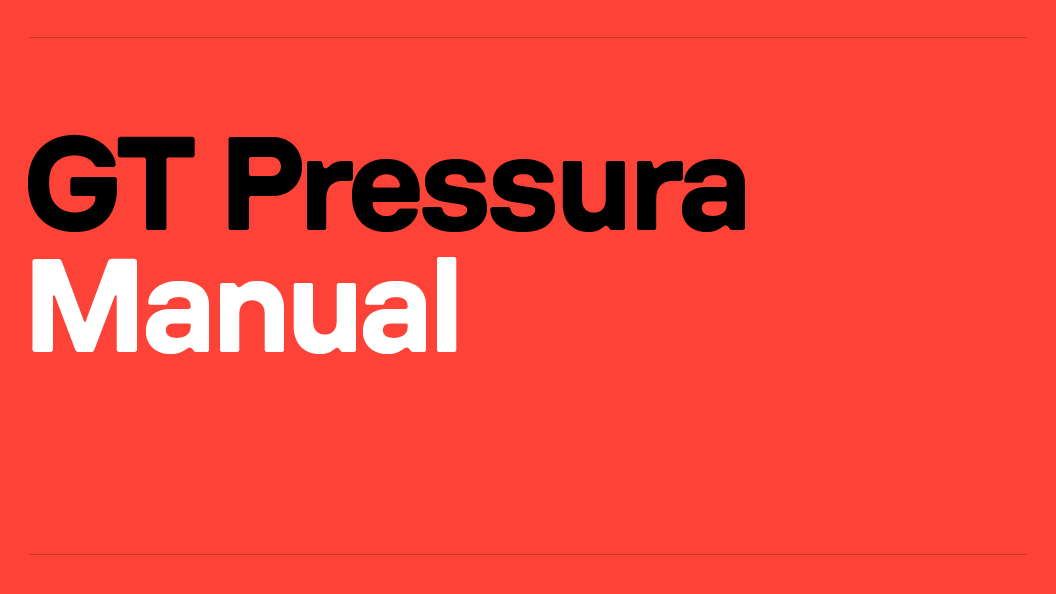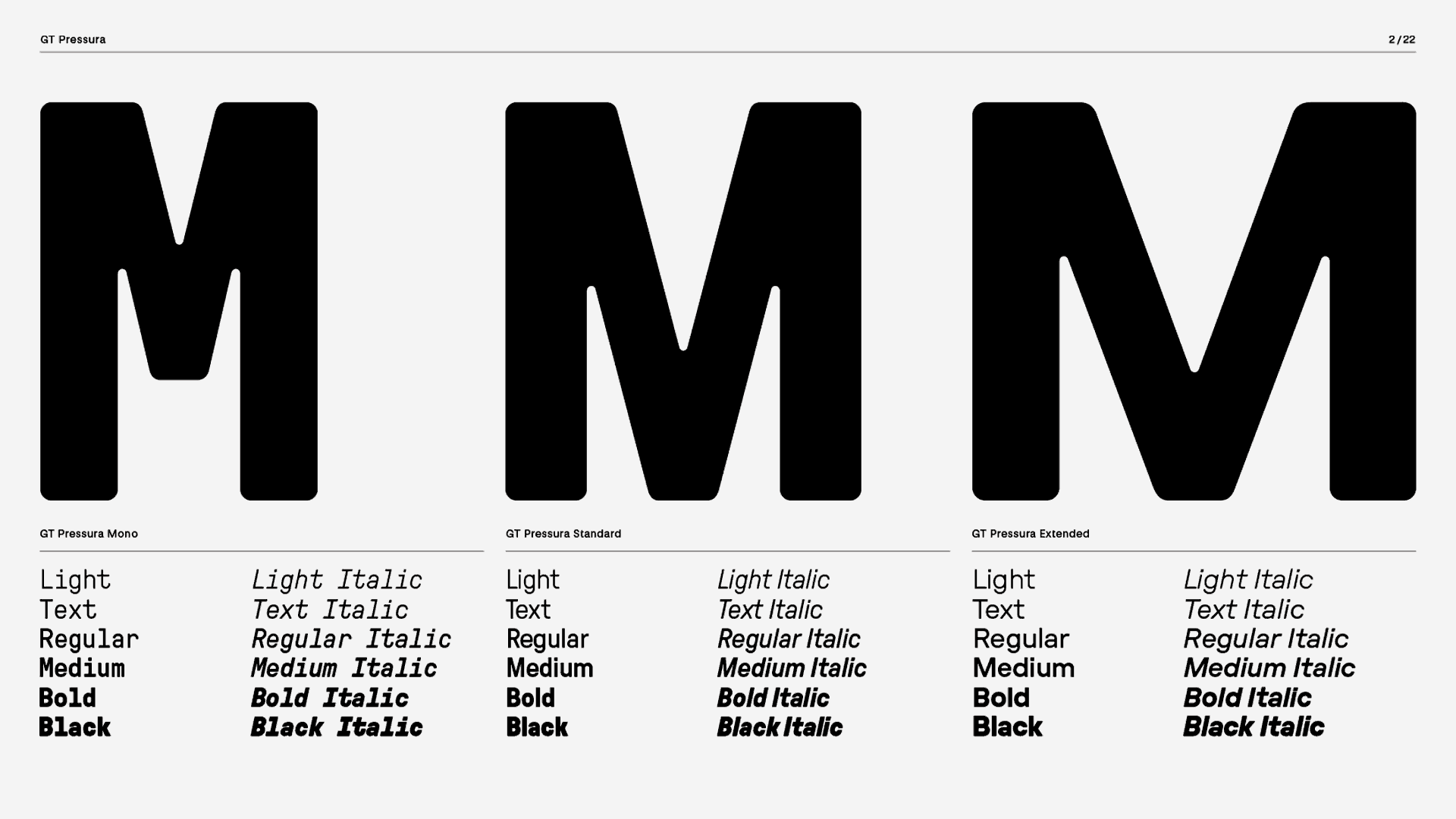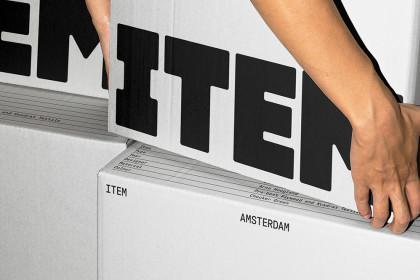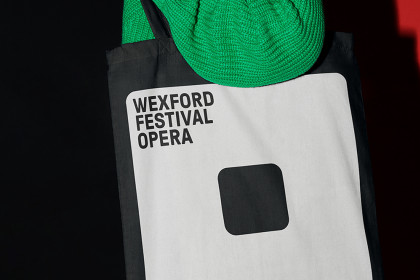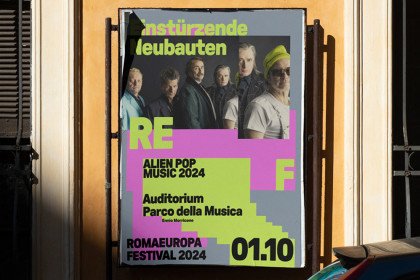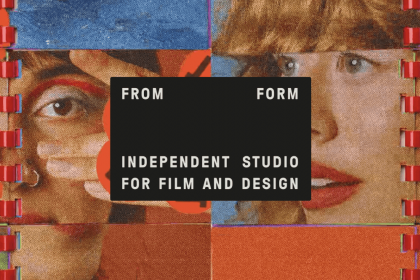GT Pressura
Family overview
- Standard
- Light Italic
- Text Italic
- Regular Italic
- Medium Italic
- Bold Italic
- Black Italic
- Mono
- Light Italic
- Text Italic
- Regular Italic
- Medium Italic
- Bold Italic
- Black Italic
- Extended
- Light Italic
- Text Italic
- Regular Italic
- Medium Italic
- Bold Italic
- Black Italic
Subfamilies
- Standard LightΤύπος ΙΑ: 40 Χ 8 Χ 8 πόδια ή Τύπος ΙΒ: 30 Χ 8 Χ 8 πόδια
- Standard Light Italicно-фантастический фильм в жанре антиутопии, снятый на киностудии
- Standard TextAn intermodal container is a large standardized shipping container, designed and built for intermodal freight transport, meaning these containers can be used across different modes of transport – from ship to rail to truck – without unloading and reloading their cargo.
- Standard Text ItalicIn April 1951 at Zürich Tiefenbrunnen railway station the Swiss Museum of Transport and the Bureau International des Containers (BIC) held demonstrations of container systems for representatives from a number of European countries, and from the United States.
- Standard RegularCryogenic Liquid, Help prevent contact with cryogenic liquids! These substances can cause serious damage to the eyes or your skin or can cause frostbite injuries.
- Standard Regular ItalicThe more populous northern part of the country, comprising
- Standard MediumSplits a family in two
- Standard Medium ItalicNếu coi toàn bộ nền kinh tế là một cơ thể sống, trong đó hệ thống giao thông là các huyết mạch thì vận chuyển hàng hóa là quá trình đưa các chất dinh dưỡng đến nuôi các tế bào của cơ thể sống đó.
- Standard BoldIn April 1951 at Zürich Tiefenbrunnen railway station the Swiss Museum of Transport and the Bureau International des Containers (BIC) held demonstrations of container systems for representatives from a number of European countries, and from the United States.
- Standard Bold Italicно-фантастический фильм в жанре антиутопии, снятый на киностудии
- Standard BlackAn intermodal container is a large standardized shipping container, designed and built for intermodal freight transport, meaning these containers can be used across different modes of transport – from ship to rail to truck – without unloading and reloading their cargo.
- Standard Black ItalicFacilitate their handling and to allow stacking, as well as being identifiable through their individual, unique ISO 6346 reporting mark.
- Settings
Typeface information
GT Pressura is inspired by metal type printing history as well as engineered letters stamped onto shipping boxes. It uses the visual gesture of ink spreading under pressure as a stylistic device, offering an alternative to more spindly typefaces of the digital age.
Typeface features
OpenType features enable smart typography. You can use these features in most Desktop applications, on the web, and in your mobile apps. Each typeface contains different features. Below are the most important features included in GT Pressura’s fonts:
- TNUM
- Tabular Figures
13.07.2048
- SS01
- Alternate a
React
- CASE
- Case sensitive forms
¿TE GUSTA?
Typeface Minisite
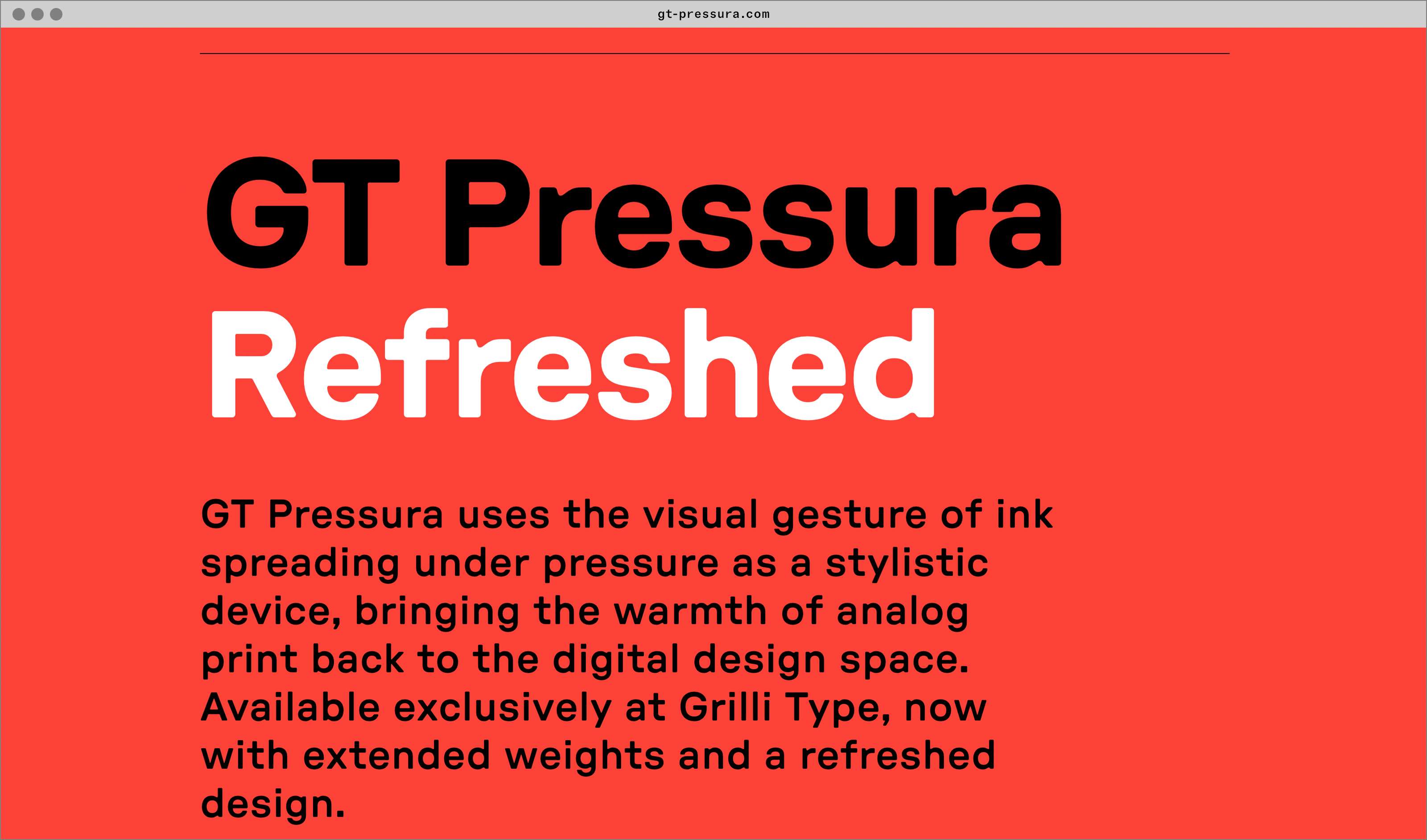
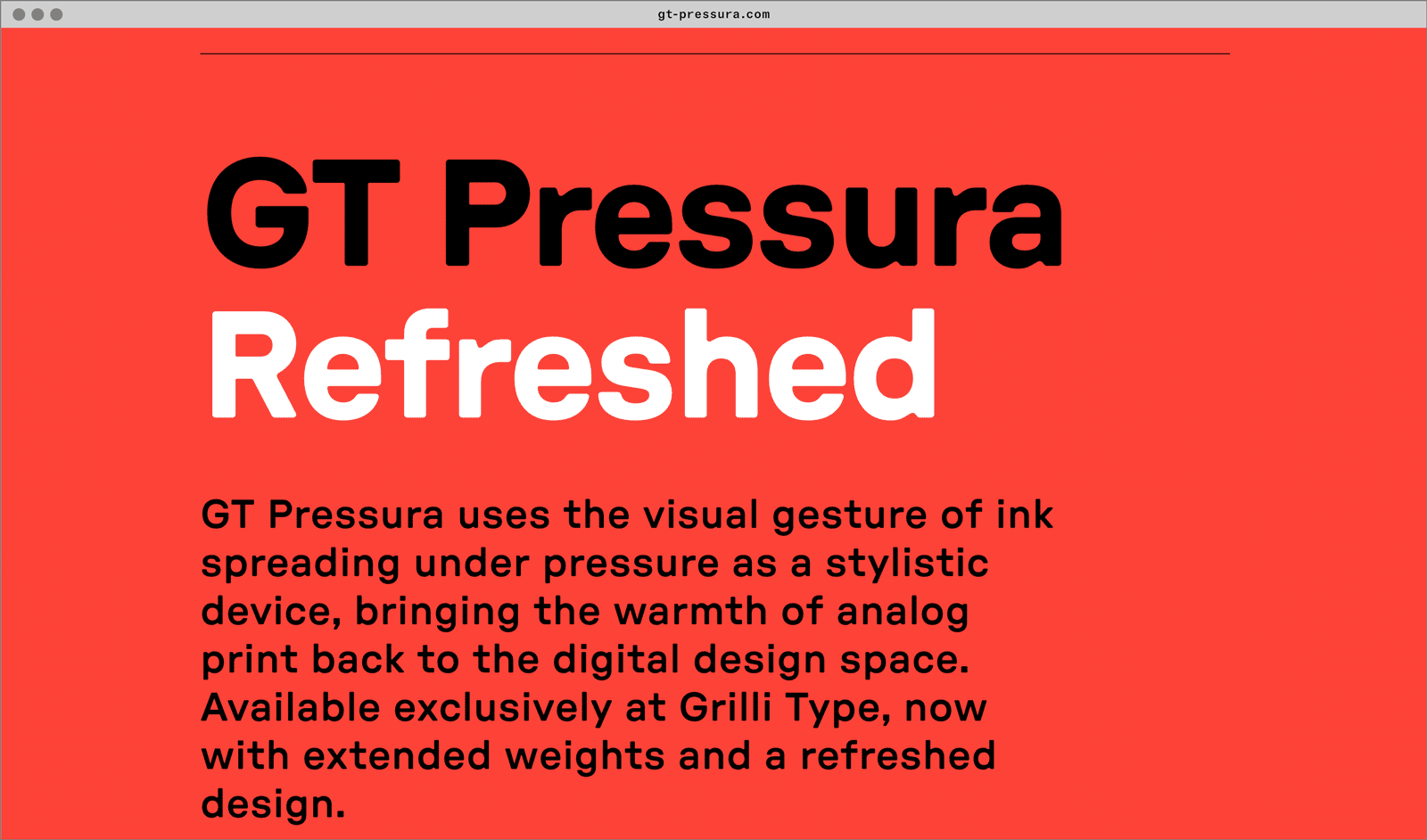
- Visit the GT Pressura minisite to discover more about the typeface family’s history and design concept.
GT Pressura in use
